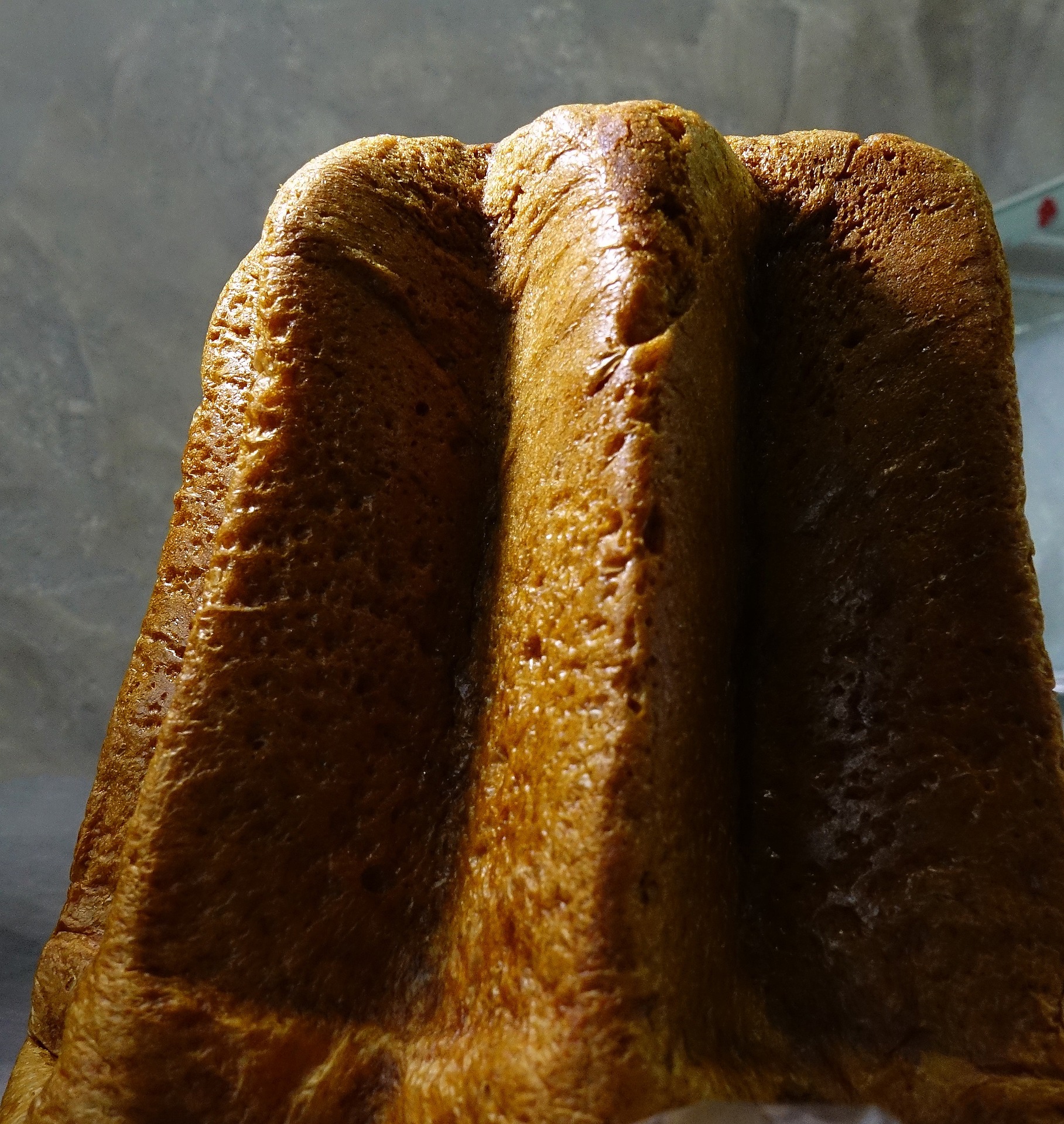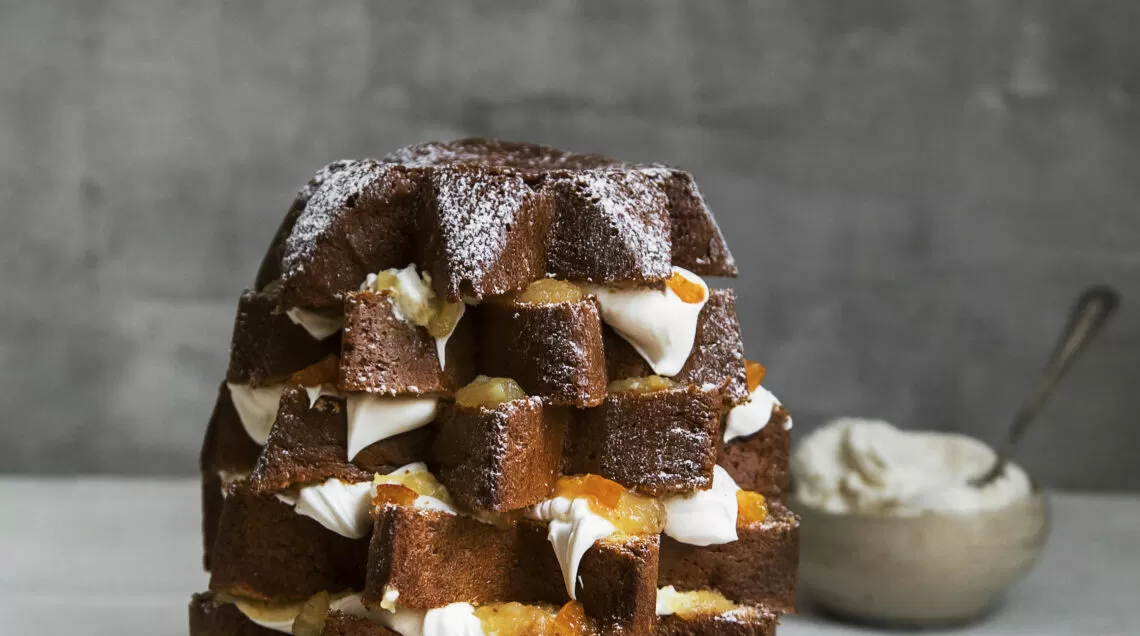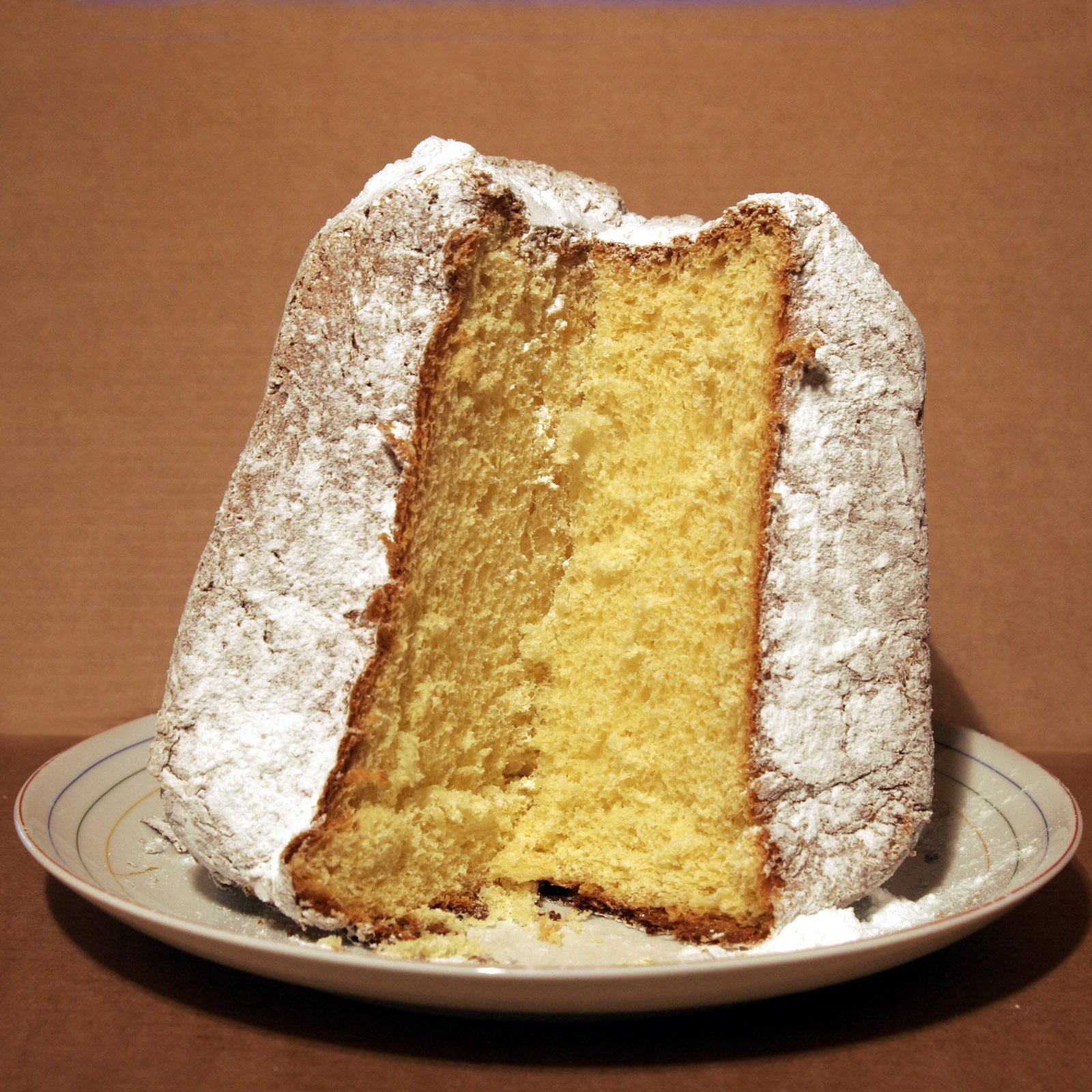Untold stories and curious facts about the famous Veronese dessert
We all eat it, and we have it in front of our eyes all the time when we go shopping during the Christmas and New Year’s season; however, few people know the most incredible trivia about pandoro, the famous dessert born in Verona back in 1884.
The fluffy golden-colored dough, eight-pointed star-shaped reliefs often covered with delicious powdered sugar, and an unmistakable vanilla scent: Pandoro is one of the desserts that most cheers and represents the holiday season, to such an extent that it is often preferred to the panettone.
Let’s see what are the most curious facts and interesting events related to pandoro.
1. Pandoro in ancient Rome
The earliest traces of pandoro date as far back as the first century AD., at the time of ancient Rome, when in one of his writings Pliny the Elder mentions a cake prepared with flour flowers, butter and oil, called “panis.”
2. Place and date of origin of the pandoro
When we talked about its history, we saw that pandoro was officially born in Verona in October 1894, when pastry chef Domenico Melegatti filed a patent for an eight-pointed star-shaped leavened cake with the Ministry of Agriculture and Commerce of the Kingdom of Italy.
3. The name of the pandoro
Pandoro’s name also has a Venetian origin: in fact, it seems to derive from the expression “pan de oro,” due to a 16th-century custom in the Republic of Venice of embellishing bread and cakes with gold leaves.
There is, however, another legend that the name comes from the exclamation of a Melegatti pastry shop boy who, seeing the freshly baked cake for the first time exclaimed “l’è proprio un pan de oro!“.

4. The shape of the pandoro
The mold of the pandoro with the iconic eight-pointed shape was made by Veronese painter Angelo Dall’Oca Bianca. The artist was given the task of devising the shape of the pandoro by Melegatti himself, so he decided to make a kind of truncated pyramid with an eight-pointed section.
5. The challenge of the 1,000 lira
Pandoro was immediately an extraordinary success, and it was not long before the first attempts at imitation began. It was the inventor of pandoro himself, Domenico Melegatti, who launched the “1000 Lira Challenge,” promising that amount to anyone who could faithfully replicate the original recipe.
1,000 lira was a huge sum for the time, and many tried to win it, but no one succeeded.
6. Pandoro and bon ton
As with panettone, pandoro should also be eaten with the hands according to etiquette, unless it is accompanied by creams that make it should be enjoyed with fork and spoon.
It seems that this custom is related to religious reasons: in fact, many Christmas sweets represent a kind of “bread of life” and should not be touched with metal cutlery.

7. The secret to enjoying pandoro at its best
Apparently, to taste the pandoro better it should be kept for about half an hour near a source of not too intense heat, such as over a radiator. This would cause the volatiles in the pandoro to be released and the aromas to be enhanced.
Another secret is to sprinkle powdered sugar a few hours before serving so that the pandoro absorbs its fragrance and taste better.
8. A parliamentary controversy
In December 2018, then Health Minister Giulia Grillo called pandoro “heavy and soulless, without substance like the PD,” as opposed to panettone, which would instead be “tasty like the M5S.” Reactions were not long in coming, particularly representatives of the Veneto Region who spoke of “Unjustified, baseless and intolerable insults to one of the institutions of the city of Verona.”
The controversy fortunately ended shortly.


Visita il nostro e-shop e scopri tanti prodotti a prezzi vantaggiosi!